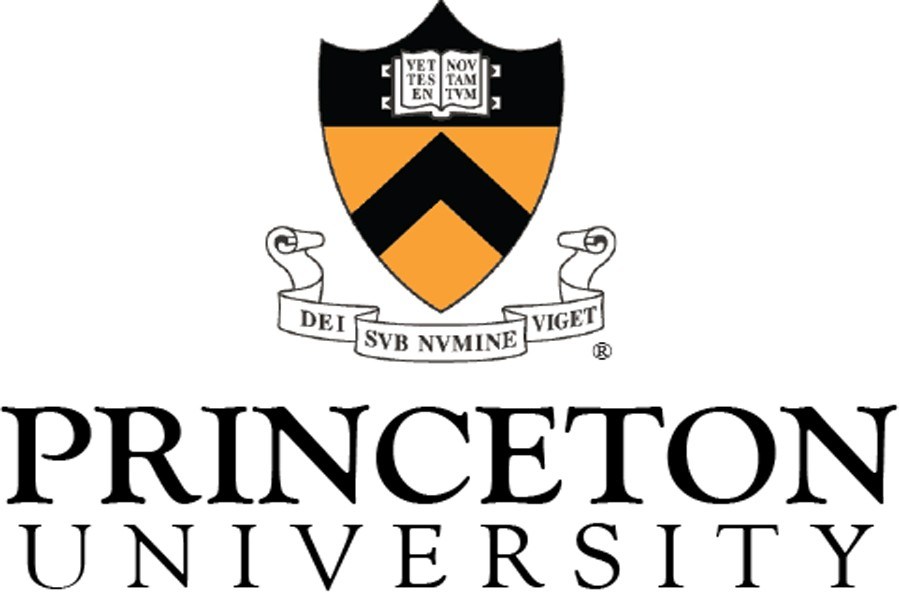Princeton University plans to have a new art museum on campus where its existing museum is located, with one of the world’s foremost architects involved in the project, university officials announced on Sept. 18.
While it was not immediately known at this stage if the existing Princeton University Art Museum will be torn down or partially saved, the new museum “will be expanding in every way that you can think of on that current central campus location,” museum spokeswoman Erin Firestone said on Sept. 18.
Based on a tentative timeline for the project, she said the hope is that the museum will close sometime in 2020. She said officials are tying to keep the closure, the build and the move-in schedule within three years “so we wouldn’t miss a class of Princeton experiencing an undergraduate education without having an art museum as a resource for them.”
This week was the first time the university went public with its plans. Home to works from European masters to antiquities, the museum has more than 100,000 objects in its collection, according to its website.
The site said, however, that gallery space is “at a premium” and that there are “no more than perhaps 5 percent of the collections ever on display at any given moment … .”
Adjaye Associates, started by Sir David Adjaye, and Cooper Robertson were tapped as architects for the project.
“They are assessing what our needs are,” Firestone said of the two firms. “We’re hoping that in the next year we’ll have more details about how the space will be designed.”
Adjaye, who taught at Princeton from 2008-10, designed the Smithsonian Institute National Museum of African American History and Culture in Washington, D.C., among his other projects.
“Defining a powerful center of cultural gravity at the heart of one of the greatest universities in the world, the new Princeton University Art Museum building will engage with its campus and vibrant communities through a new synthesis of art, learning and social opportunities,” he said in a university news release announcing his appointment for the project. “We are deeply honored to be part of the next chapter of its history.”

